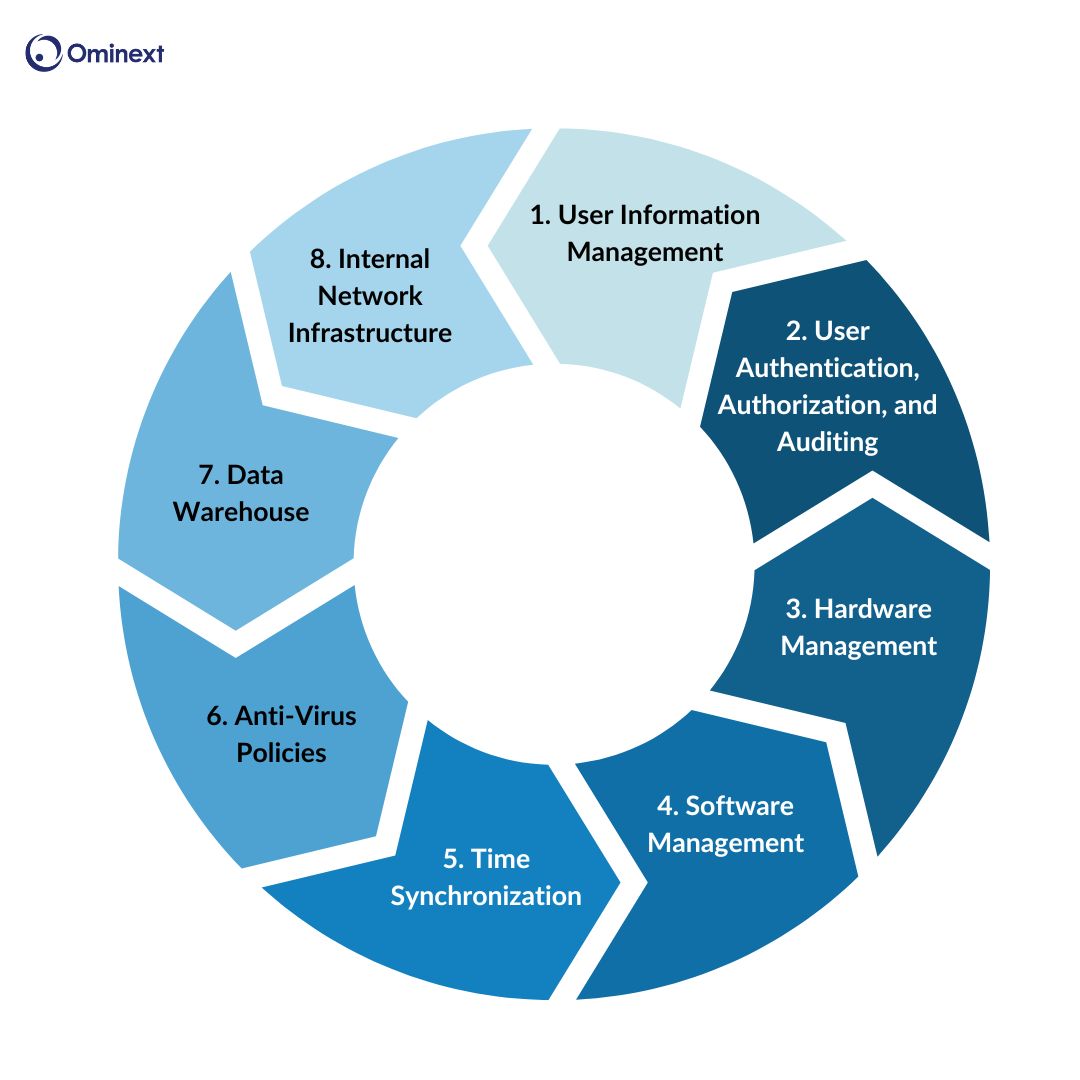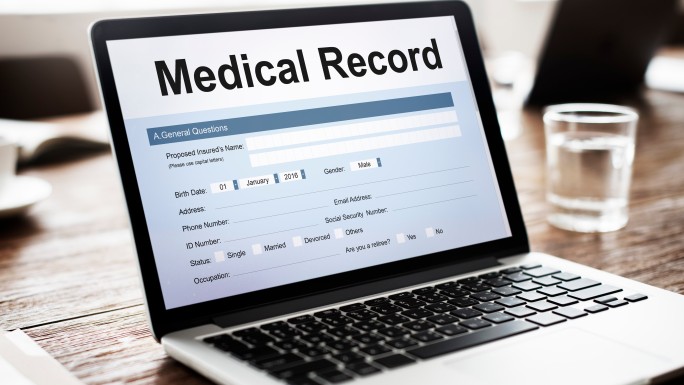Basic requirements for successful HIS implementation
Implementing a Hospital Information System (HIS) is a transformative step for any healthcare facility, promising enhanced operational efficiency, improved patient care, and streamlined workflows. However, the journey to successful HIS implementation is complex and requires meticulous planning, significant resource allocation, and strategic execution.
In this blog, we will explore the fundamental requirements that pave the way for a successful HIS implementation. We will outline requirements that healthcare institutions must address to fully realize the benefits of an integrated HIS.
Organizational Considerations for HIS Operation
To ensure the effective operation of the HIS system, the following points should be considered:
1. Clear Guidelines for HIS Implementation
Standardized guidelines should be established for the implementation of HIS across all departments with independent specialties. This ensures data and process consistency, preventing departments from independently implementing their systems, which can lead to management and information-sharing challenges.
2. Multi-Stakeholder Involvement
The hospital's information system serves as the foundation for all medical operations, requiring the involvement of various parties. Thus, hospital leadership should provide clear direction for HIS implementation and delegate authority to relevant departments, meanwhile, medical staff should receive comprehensive training on system usage.
3. Seamless Coordination and Communication
Effective coordination and communication with all hospital departments are crucial for ensuring smooth hospital-wide communication., which resolves timely rising problems relating to operation and enhances HIS utilization.
.
HIS System Operation Board
After the HIS system becomes operational, the implementation project will finish. However, it is essential to have a dedicated team responsible for operating, maintaining, and improving the system, as numerous issues related to medical information processing will arise during operation.
Therefore, we need to establish an HIS system operation board to monitor the system's status, address difficulties, and make improvements. The HIS system operation board should include personnel from all relevant departments.
HIS System Support Platform
This is the common platform used across the individual systems of various departments:
1. User Information Management
- Ensure users are linked to the correct information and tasks based on their healthcare professional roles
- Manage user status (new employee, retired employee, etc.)
2. User Authentication, Authorization, and Auditing
- Ensure the system is used by the appropriate users. This includes
- User authentication (via password, fingerprint, IC card, etc.)
- Authorization
- Auditing (logging user actions within the system)
3. Hardware Management
- Manage devices such as computers, printers, scanners, etc.
- Monitor equipment operation, number of active devices, maintenance, etc.

HIS System Support Platforms
4. Software Management
Manage software licenses (usage rights), track devices with installed software, update the system and ensure software operates uniformly.
5. Time Synchronization
Synchronize time across software in the system to check the order of medical activities.
6. Anti-Virus Policies
- Implement mechanisms and policies to prevent viruses from entering the system.
- Update software, fix bugs, and have plans to maintain software functionality.
7. Data Warehouse
Build a Data Warehouse from collected data to serve primary and secondary medical purposes.
8. Internal Network Infrastructure
A separate network dedicated to medical information devices and healthcare professionals within the hospital, which prevents data leaks, ensures privacy and security.
Hospital Equipment Relating to Implement HIS
IC Card - Barcode
Patients wear wristbands with unique barcodes that contain personal information and medical treatment details. This helps the hospital accurately identify patients and easily look up information.
Bedside Equipment
Bedside equipment is installed near the hospital bed in patient rooms.
- Bedside equipment helps improve the quality of life for patients in the hospital, allowing them to proactively understand their own medical information and indicators.
- Medical staff can easily monitor the patient's condition and reduce efforts to answer questions about medical information.
ME Device Management System
Medical Engineering (ME) devices refer to electronic medical devices connected to patients for measuring and monitoring treatment, such as biopsy monitors, infusion pumps, ventilators, and dialysis machines.
Re-examination Reception System
The re-examination reception system provides patients with:
- Confirmation details of appointment bookings
- Reception information for medical consultations
Outpatient Reception and Guidance System
This system helps improve outpatient treatment time for patients and reduces the workload for the hospital.
Additionally, the smooth and efficient operation of the HIS hospital system requires the presence of other systems such as intercom devices, printers, medical imaging display screens, automated payment machines, nurse call systems, etc.
Conclusion
Successfully implementing a Hospital Information System (HIS) is not merely about adopting new technology; it’s about transforming the entire healthcare ecosystem to be more efficient, patient-centric, and data-driven. To prepare for this journey, facilities need to ensure basic requirements are ready. It includes Organizational considerations, establishing HIS system Operation Board, available HIS system support platform, and crucial Hospital equipment. As a result, a well-executed HIS can lead to significant improvements in patient care, operational efficiency, and overall hospital performance.





